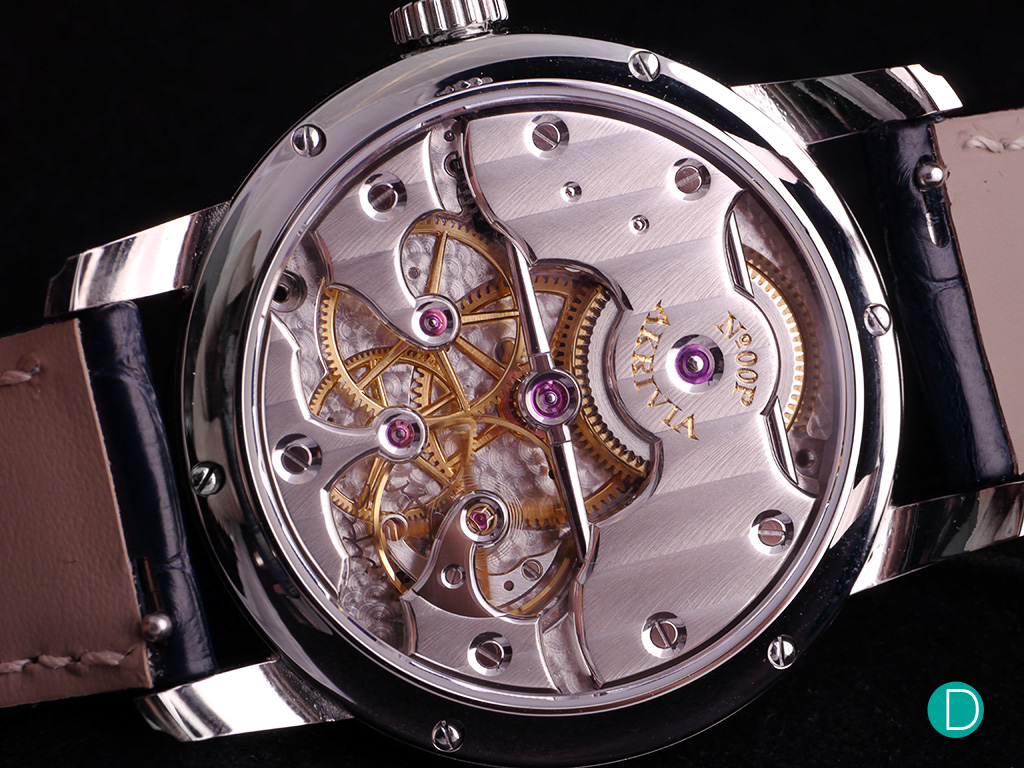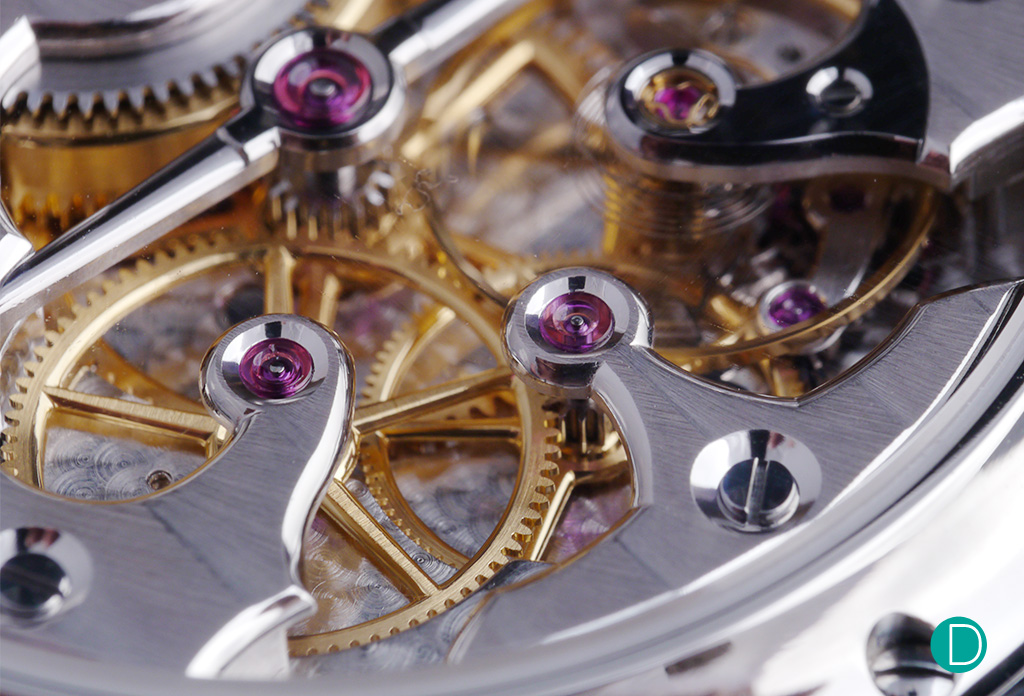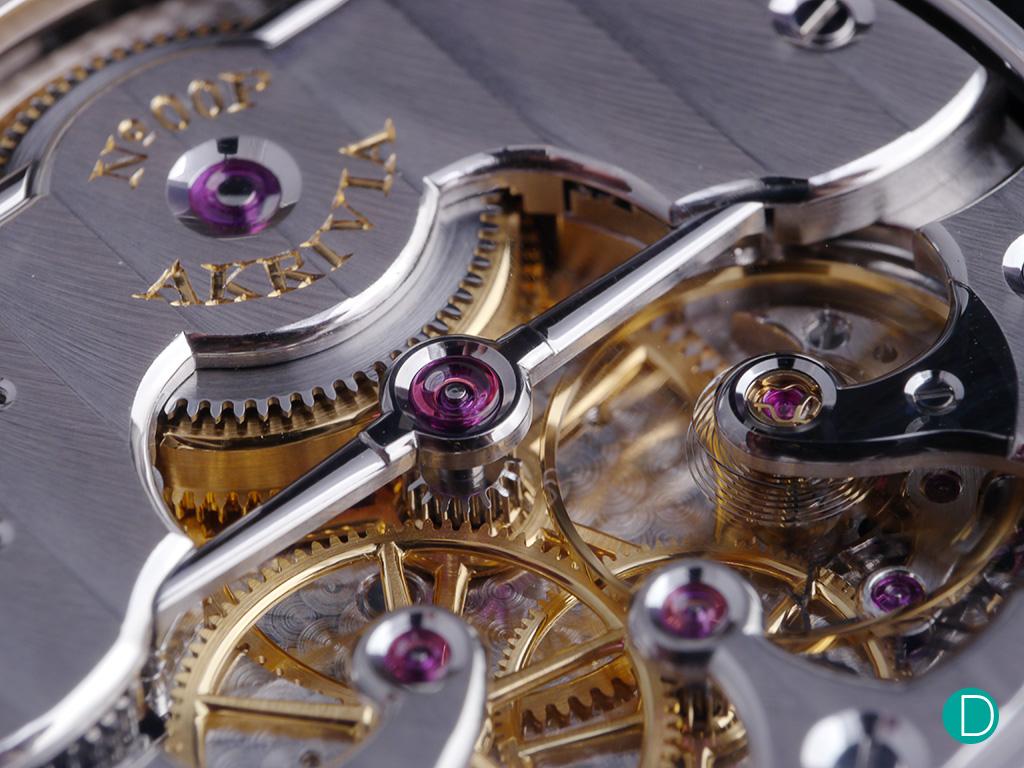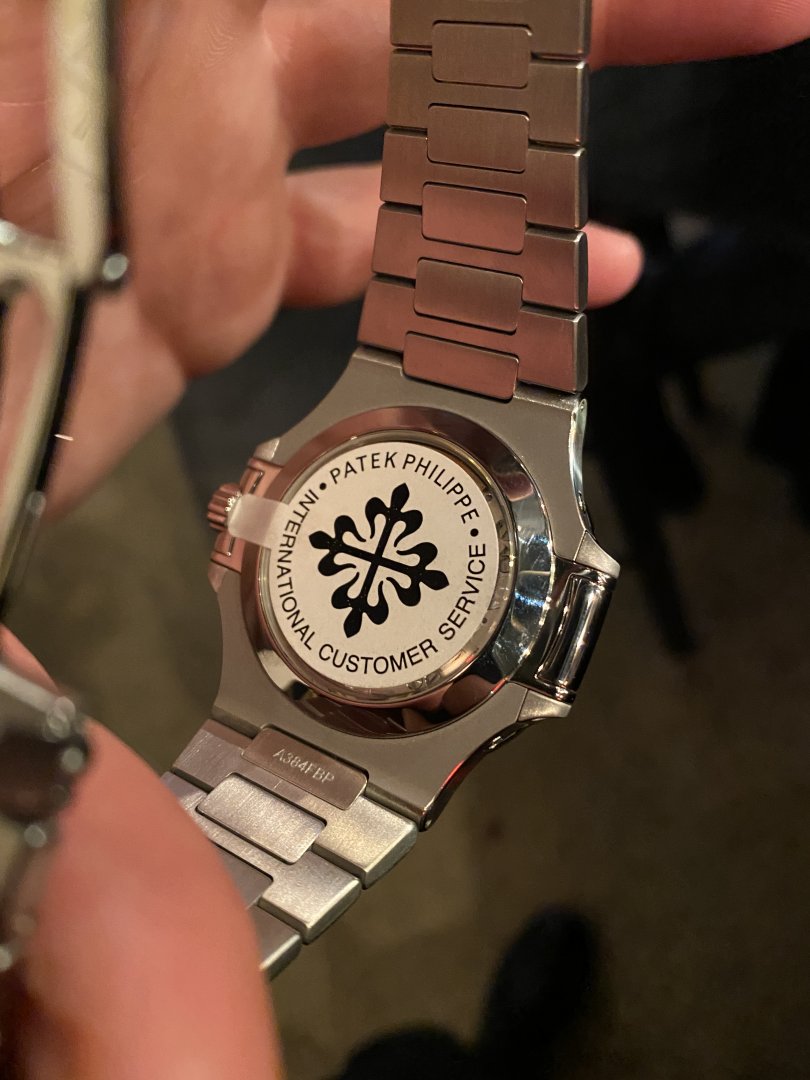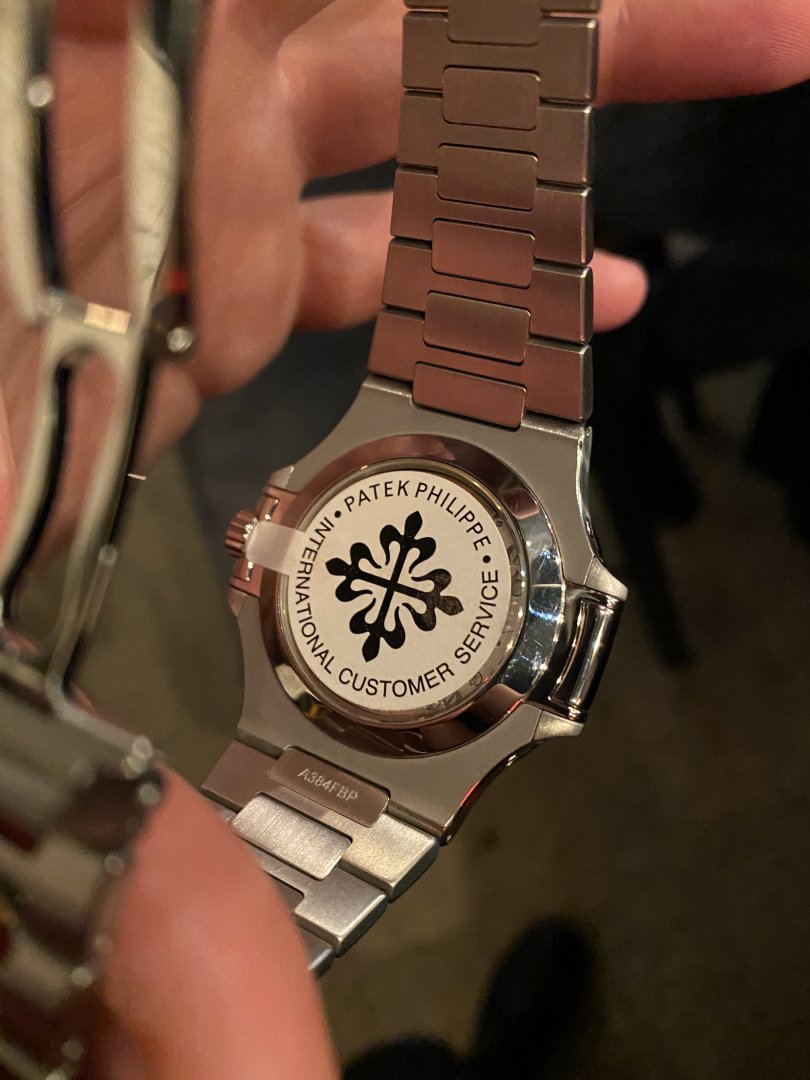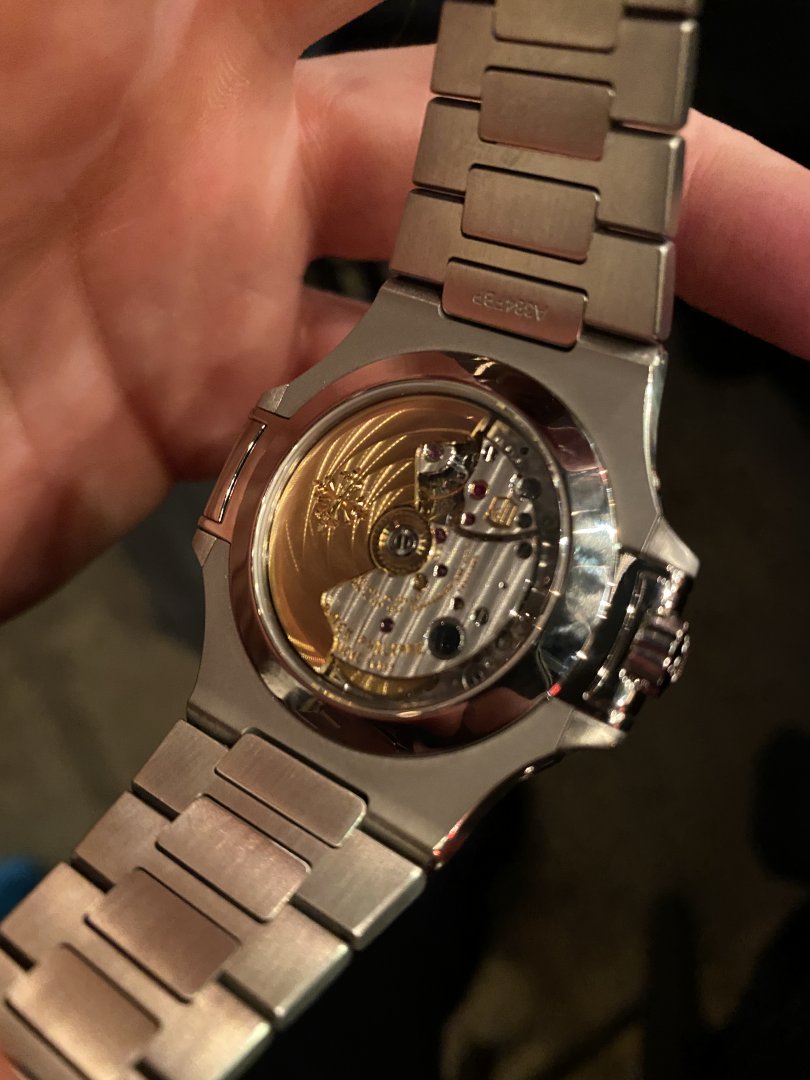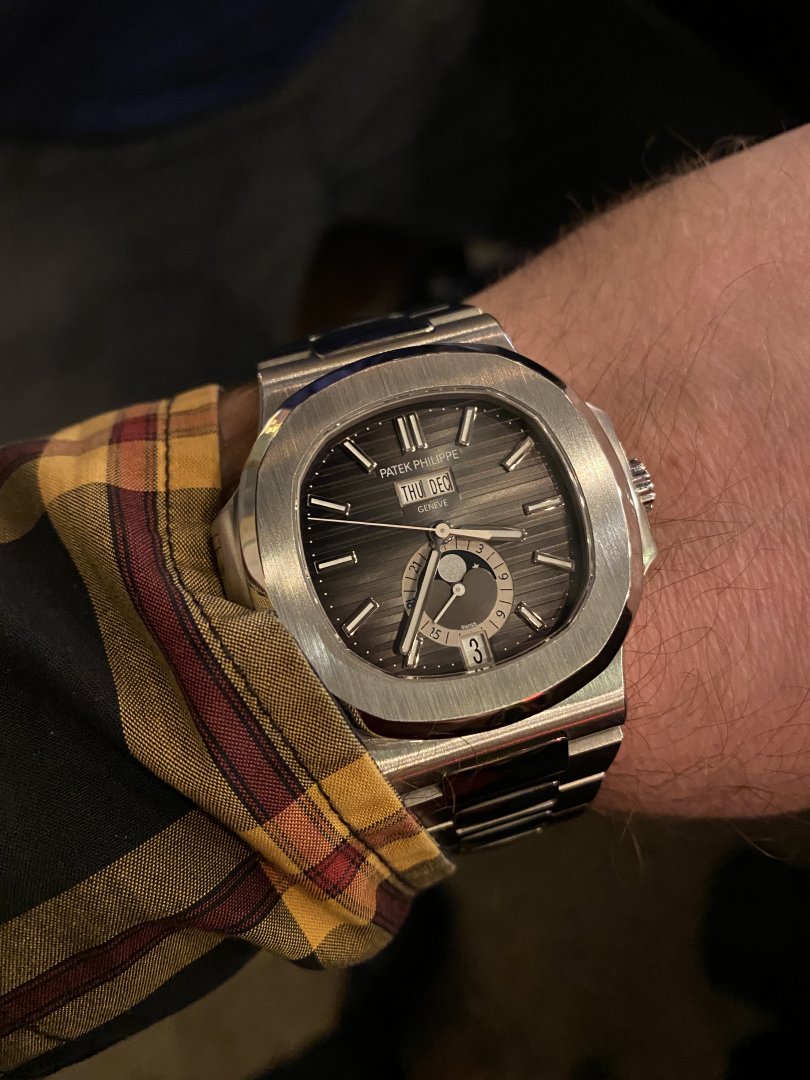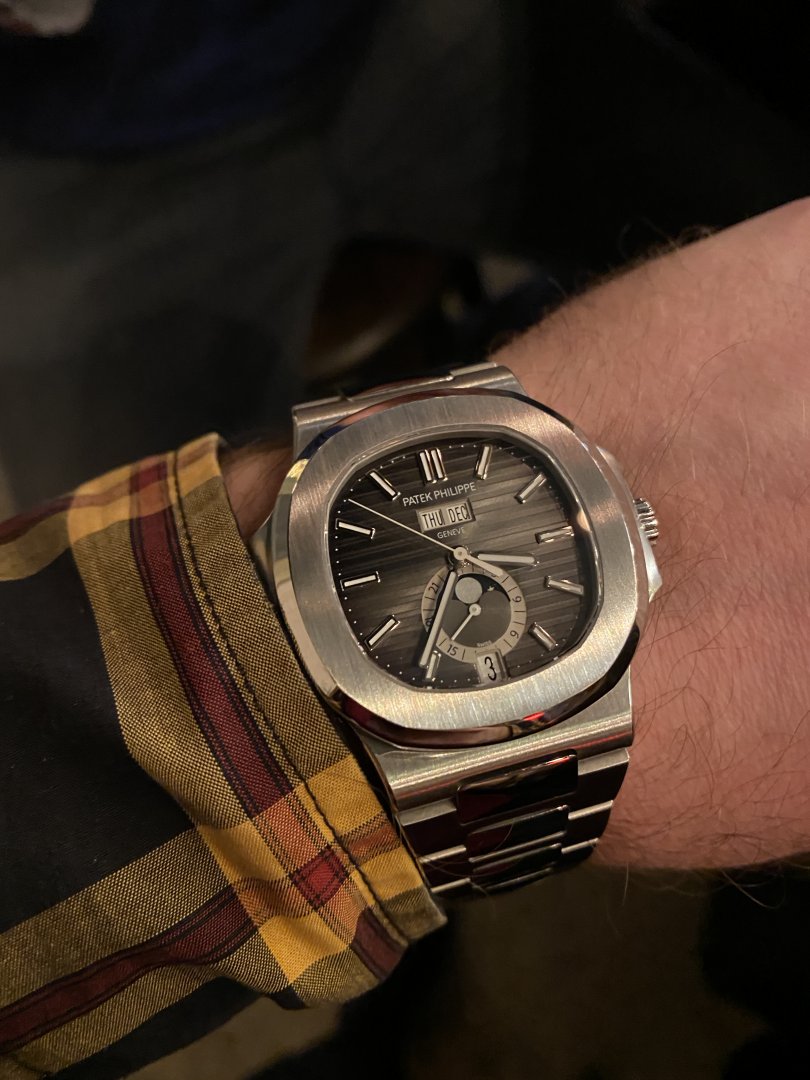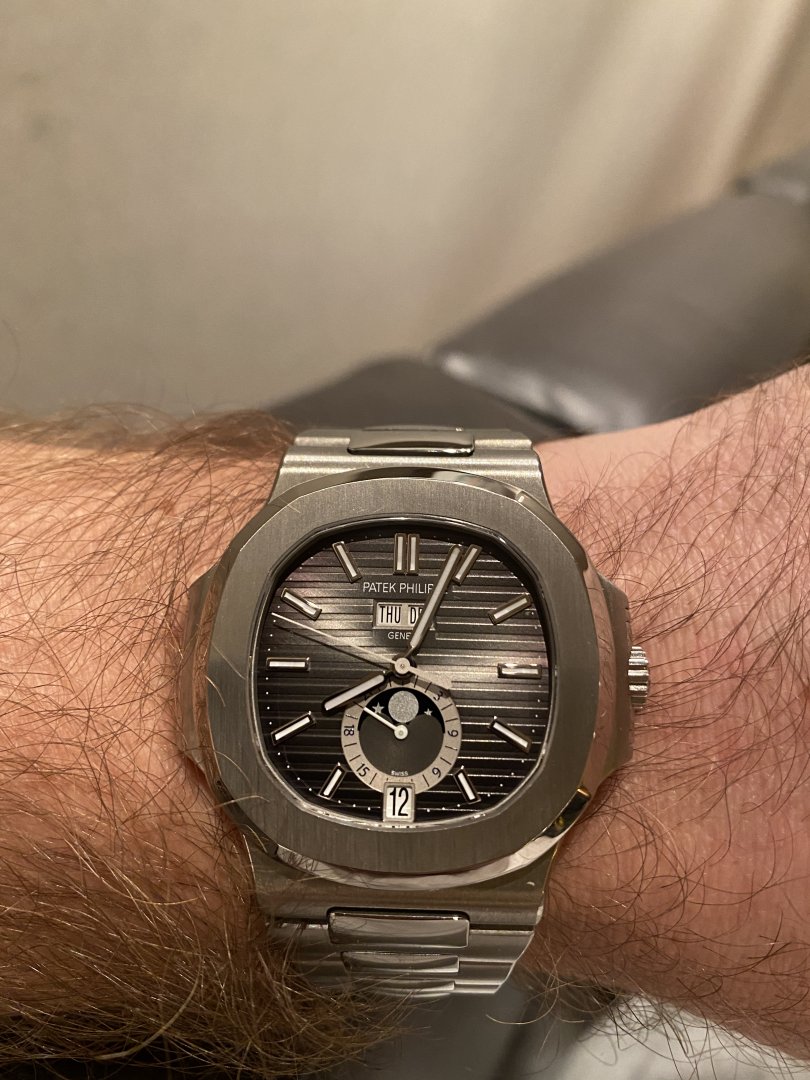Høstdepresjon
- Trådstarter Edzilla
- Opprettet
Du bruker en utdatert nettleser. Det kan ikke vise dette eller andre nettsteder på riktig måte.
Du bør oppgradere eller bruke en alternativ nettleser.
Du bør oppgradere eller bruke en alternativ nettleser.
Hva er forespeilet pris på denne herligheten?
CHF 58.000,- pluss 25% MVA
Mens man venter på Chronomètre Contemporain, så kan man dagdrømme om AkriviA AK 06.
Hva om man skjærer klokkesamlingen helt ned til beinet ... Kun beholder de klokkene som faktisk betyr noe for meg og mine. Tenker at klokker som Speedy som jeg har arvet, og vært min siden konfirmasjonen skal få bli værende. F.P. Journe ble betyr også mye for meg. Men ikke mer enn at den sikkert kunne blitt erstattet av en annen F.P. Journe eller hva med Rexhep Rexhepi sin Chronomètre Contemporain..
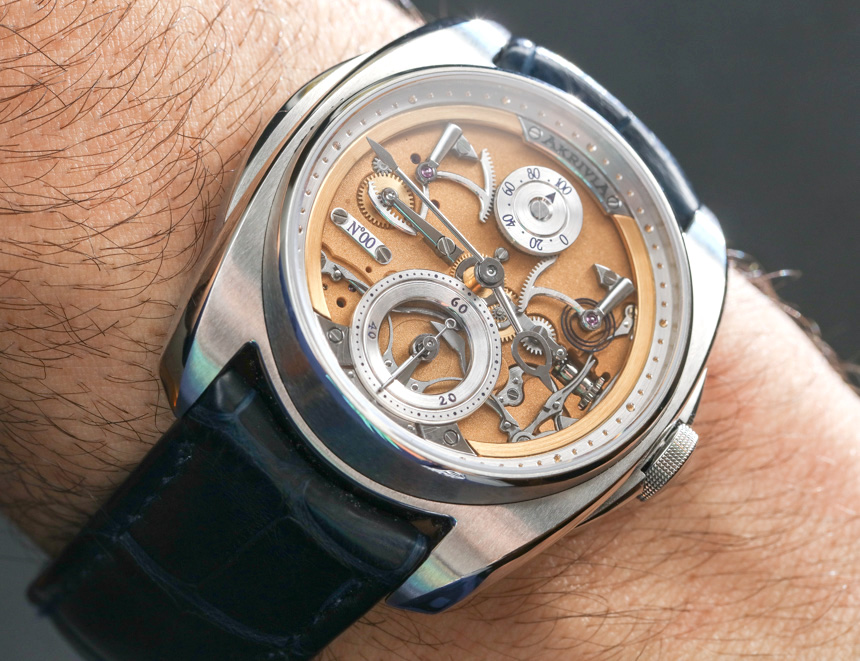
Hva om man skjærer klokkesamlingen helt ned til beinet ... Kun beholder de klokkene som faktisk betyr noe for meg og mine. Tenker at klokker som Speedy som jeg har arvet, og vært min siden konfirmasjonen skal få bli værende. F.P. Journe ble betyr også mye for meg. Men ikke mer enn at den sikkert kunne blitt erstattet av en annen F.P. Journe eller hva med Rexhep Rexhepi sin Chronomètre Contemporain..

AkriviA AK-06 Watch Hands-On
Hands-on review & original photos from Baselworld 2017 of the AkriviA AK-06 watch with price, background, specs, & expert analysis.
www.ablogtowatch.com
Må bare spamme med noen sykt deilige bilder av RR CC
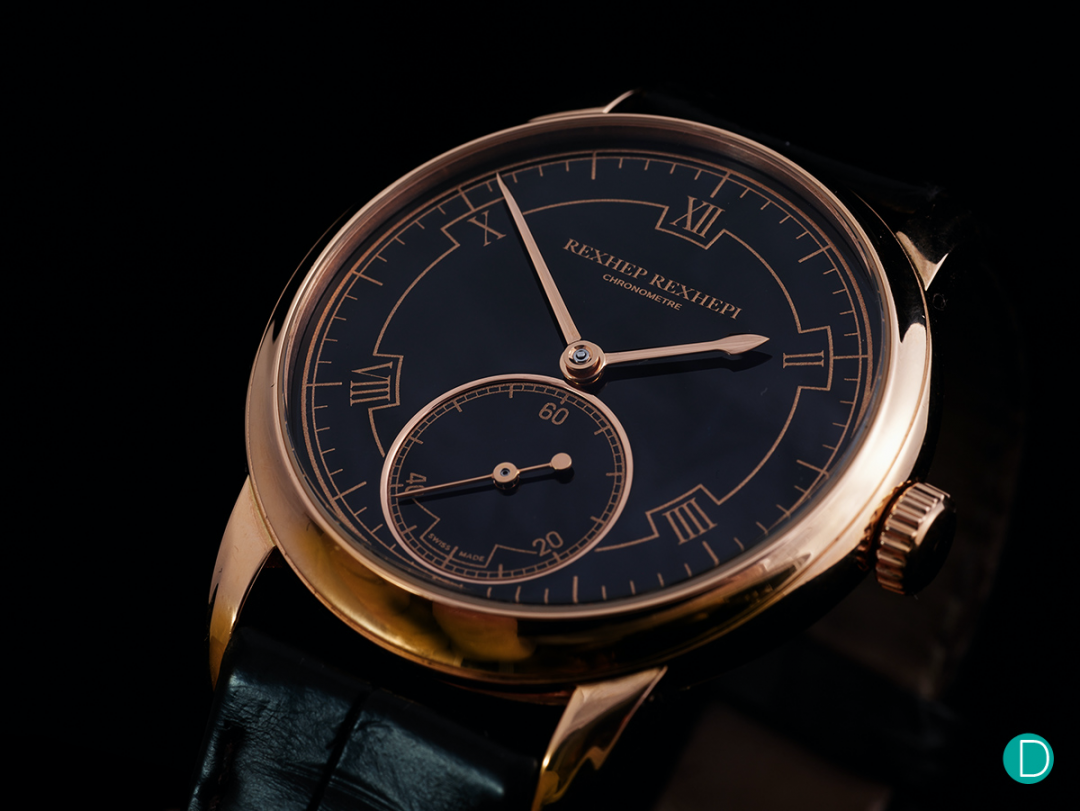
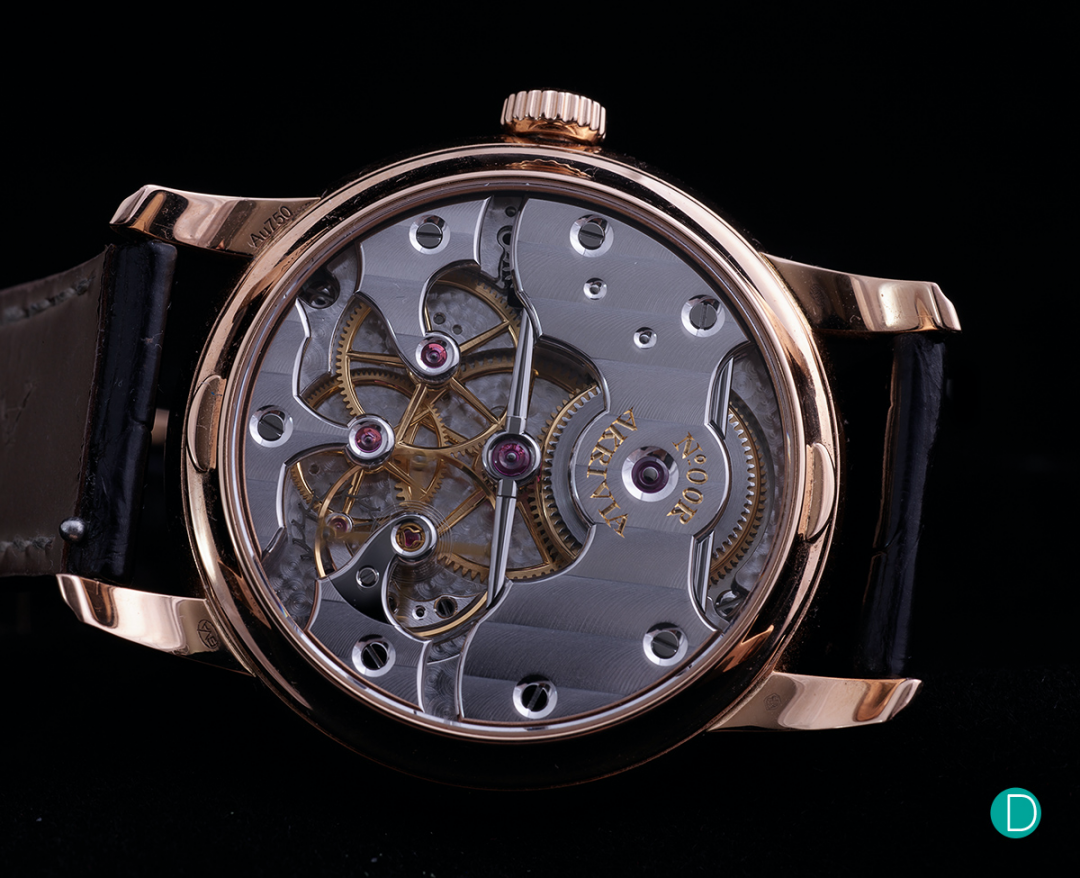
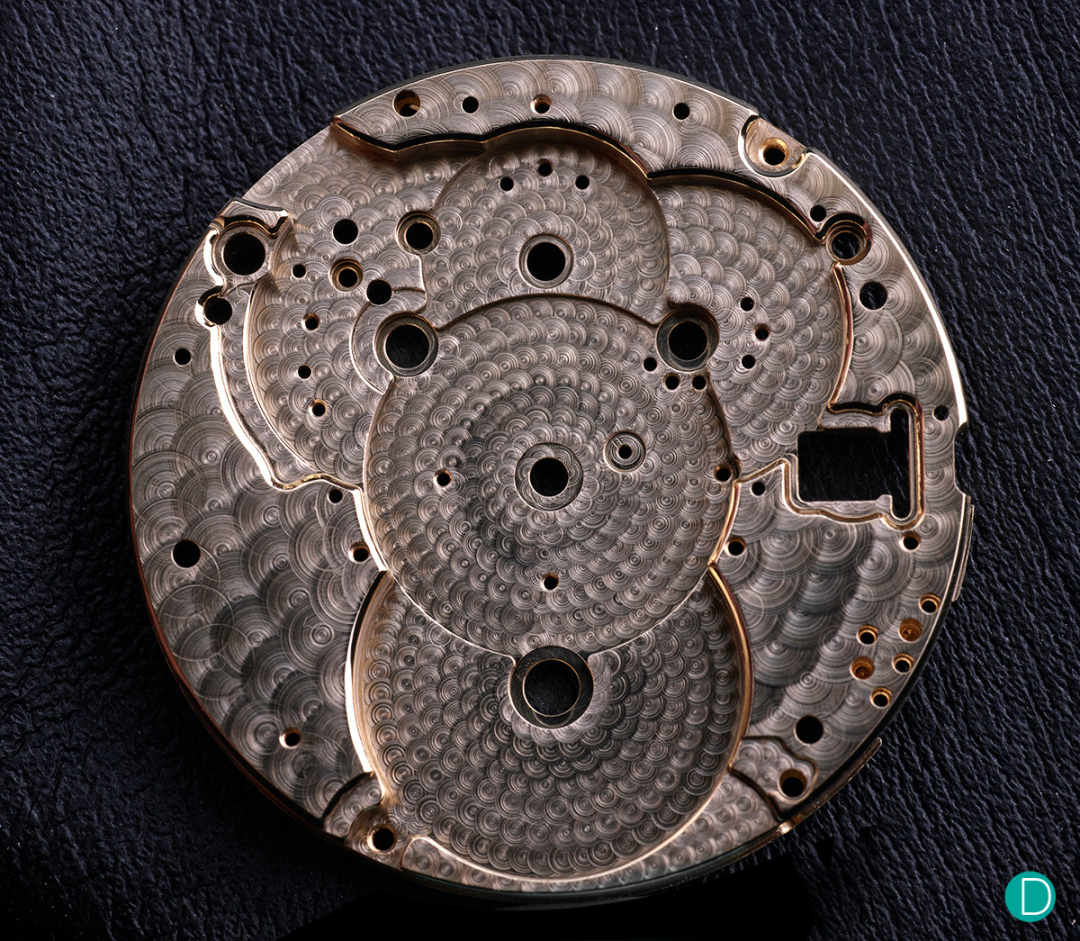
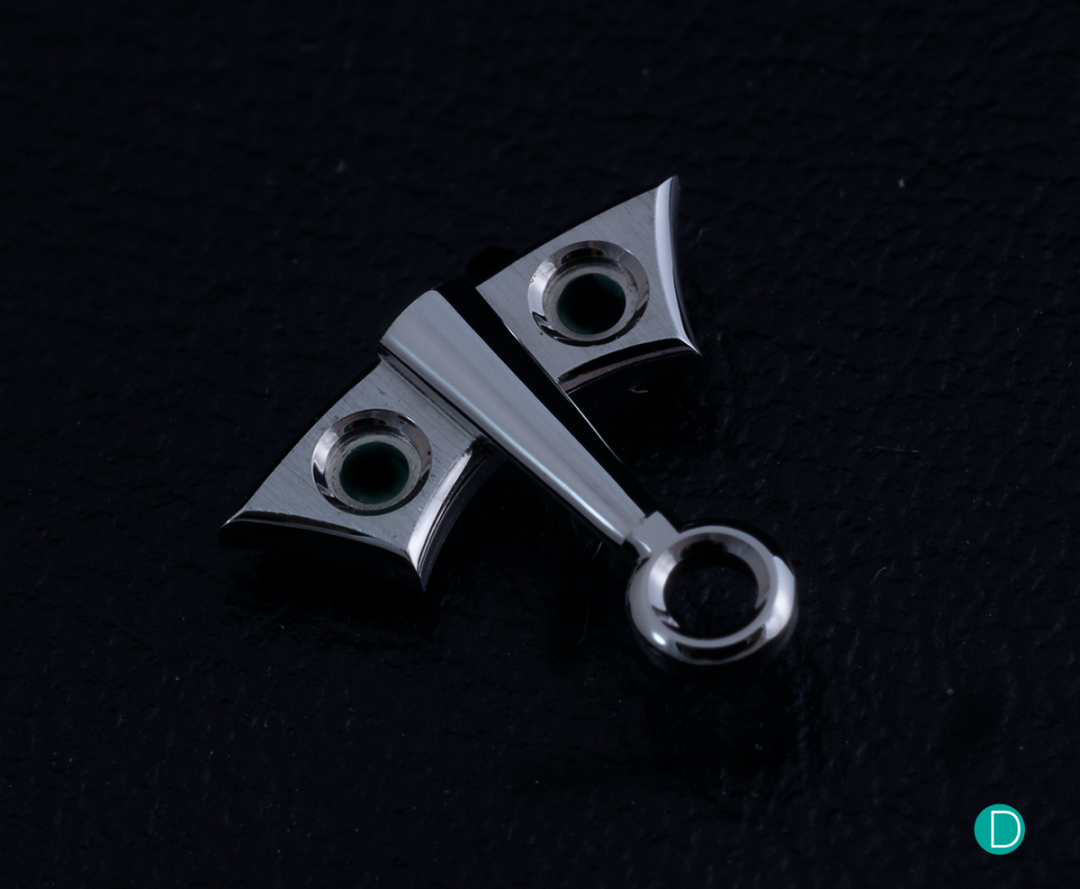




Tidlig AkriviA-urverk basert på BNB Consept hvor Rexhep tidligere jobbet.
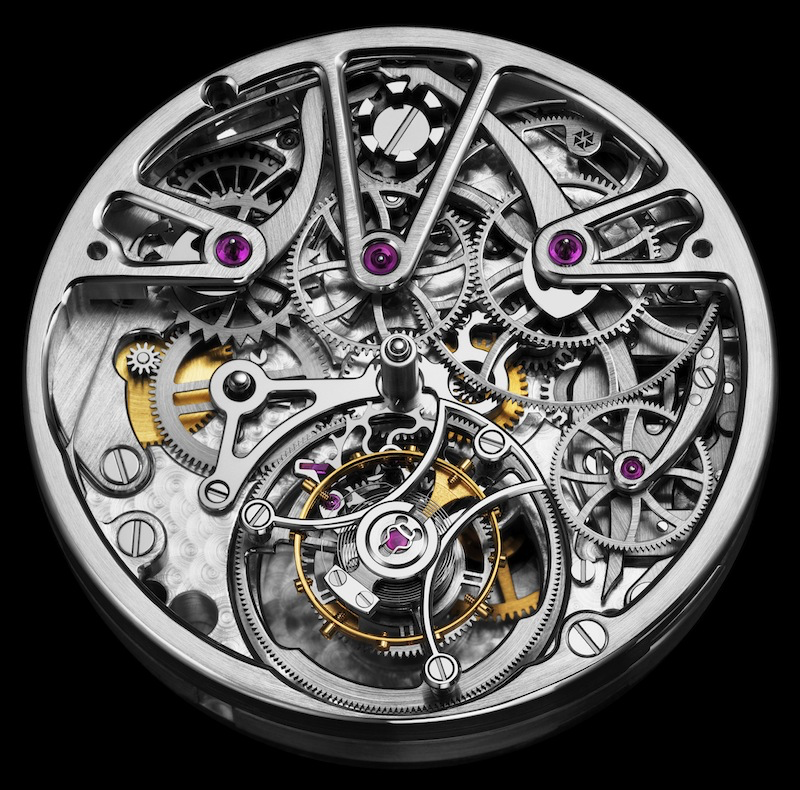

Perilei
Støttemedlem
@Edzilla godt å se at iallefall høstdepresjon 2019 er kansellert!
Flotte ur!
Mange takk.
Føler at interessen for horologi er på bestenotering om dagen.
Søtt at Bjerke er Dis med kundene. Det er vel ellers bare SAS og Norwegian som holder på De-formen.
Du mener å være dus med kundene
Deler denne artikkelen fra A Collectedman
OBSESSIONS: THE ART OF CASEMAKING
By A Collected Man
Often described as “celebrated” in auction catalogues, Jean-Pierre Hagmann is one of the most fabled casemakers of the 20th century. Over the span of his career, he has made watch cases for almost every significant watch brand in Switzerland, having earned particular renown for the minute repeater cases he made for Patek Philippe. It is said their sound quality is unparalleled. Today, the watch cases that bear his makers mark, "JHP", have become semi-mythical among collectors. We sat down with the man himself to discuss the art of casemaking, the constraints of working independently and how he happens to restore old motorbikes in his spare time.
It seems like there's only one place to start. So, do tell me, what makes a good watch case?
Well, there are many parts involved in building a good watch case. First of all, the cardinal function of a watch case is to offer protection. Then, there are also some obvious aesthetic considerations. You need to learn to balance these, within a very small amount of space.
As small as it comes…
People often limit themselves to aesthetic or practical considerations. But it’s about balancing out all these forces, which tend to reach in different directions. It’s all about harmony.
And how does one develop this sense of harmony?
Because when you make a mistake, someone tells you [Laughs].
[Laughs] Indeed…
And so, over a long period of time, you learn. You build your intuition. I was lucky enough to work for a long time with some high-end watchmakers and to learn the classical rules. It’s important to first learn the way things are done so that you can then start to question them. There are some classical rules of casemaking which are complex, but for no reason. I always look for the simplest way of doing a task, but without ever sacrificing quality and aesthetics.
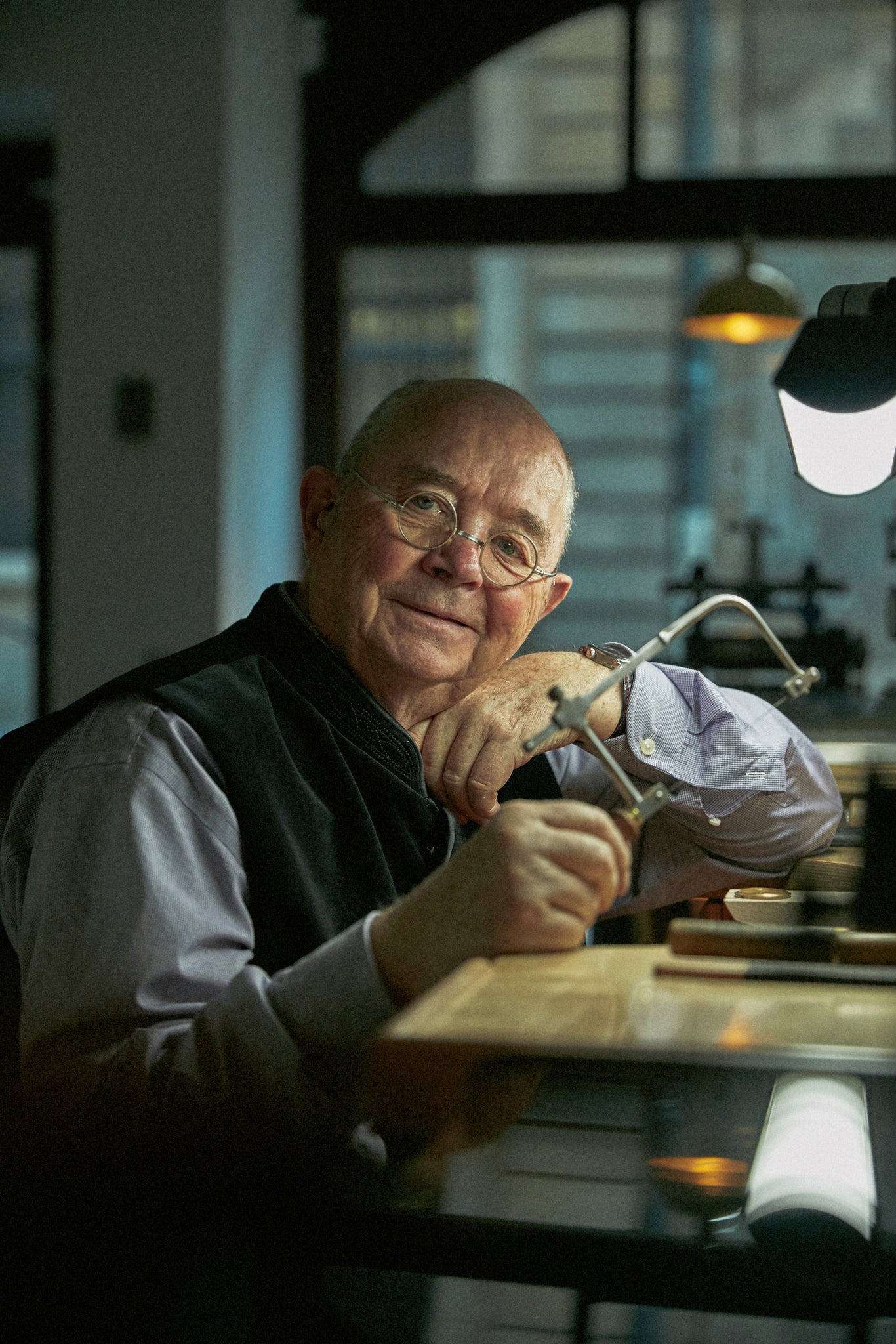
Jean-Pierre Hagmann in his Geneva atelier
So, you innovate through simplification…
In a way, yes. I’ve found myself upgrading certain ideas or concepts, which others quickly copied. But funnily enough, they didn’t even know they were copying me anymore.
Because it became common practice?
Yes, for example, on classical minute repeater watches, the slide is mounted on the surface of the case side, attached on the inside with a screw. I saw that this was frequently unstable and created an off-centre alignment. So, I threw all of that out for a much simpler solution.
Which was?
I introduced a channel for the slide, both to secure its lateral position and guide its motion when in use. You see, it’s through simplification that innovation is found. I created some minute repeaters for Patek Philippe using this mechanism, with the technique now having become standard practice within the manufacture.
Did working on your own drive you to seek out these simpler solutions?
No doubt. I was independent my whole career and as a result, I couldn’t have fifty machines. It just wasn’t possible. I had a few machines, which were only the ones which were really useful to me, and because of this, I had to find my own practical solutions.
Your constraints focused you?
When you make a very small production, you need to think more aggressively about finding solutions. It’s a constant reflection about how to approach problems, circumvent them and find solutions.
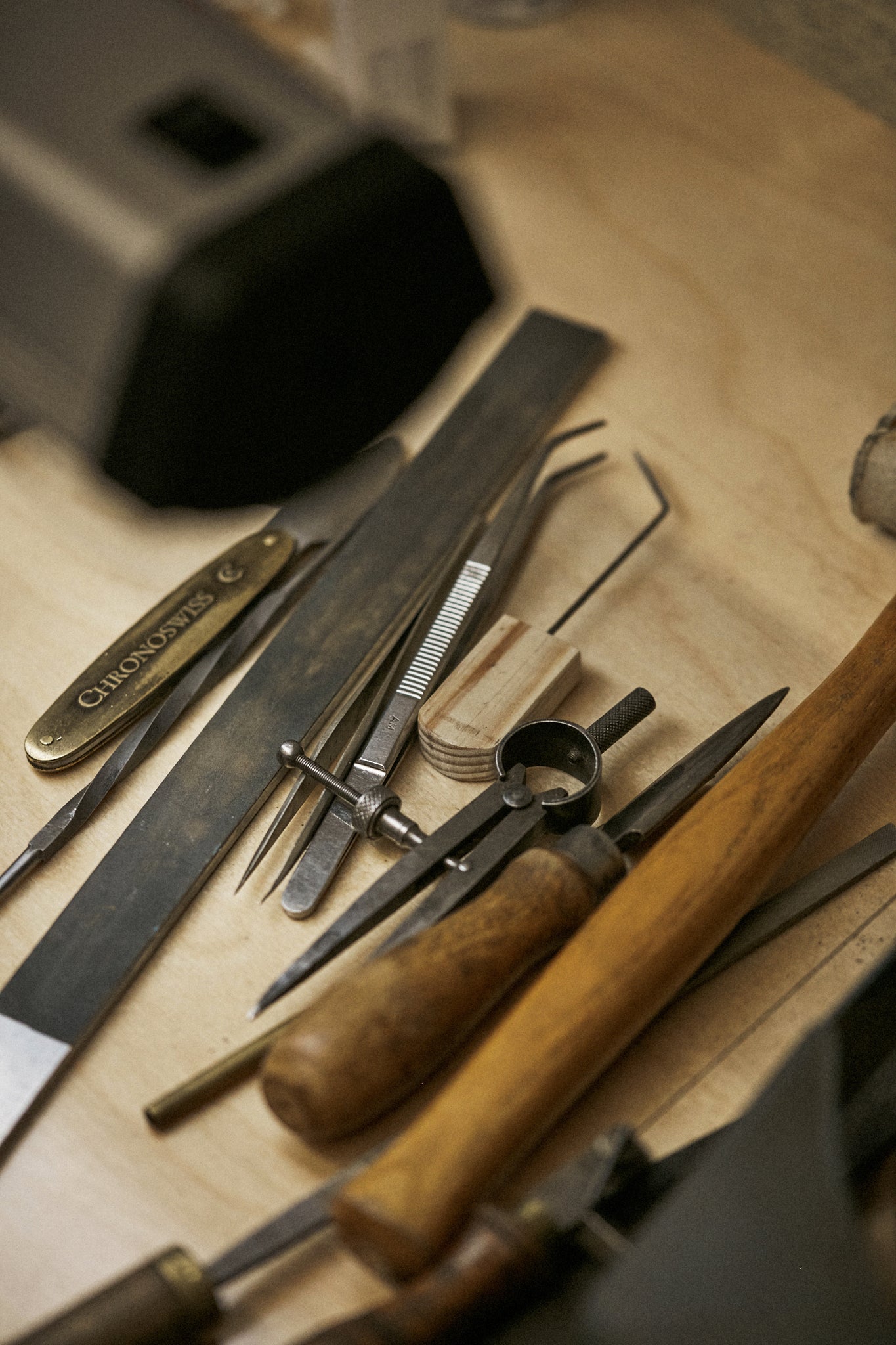
A collection of tools at Hagmann's bench
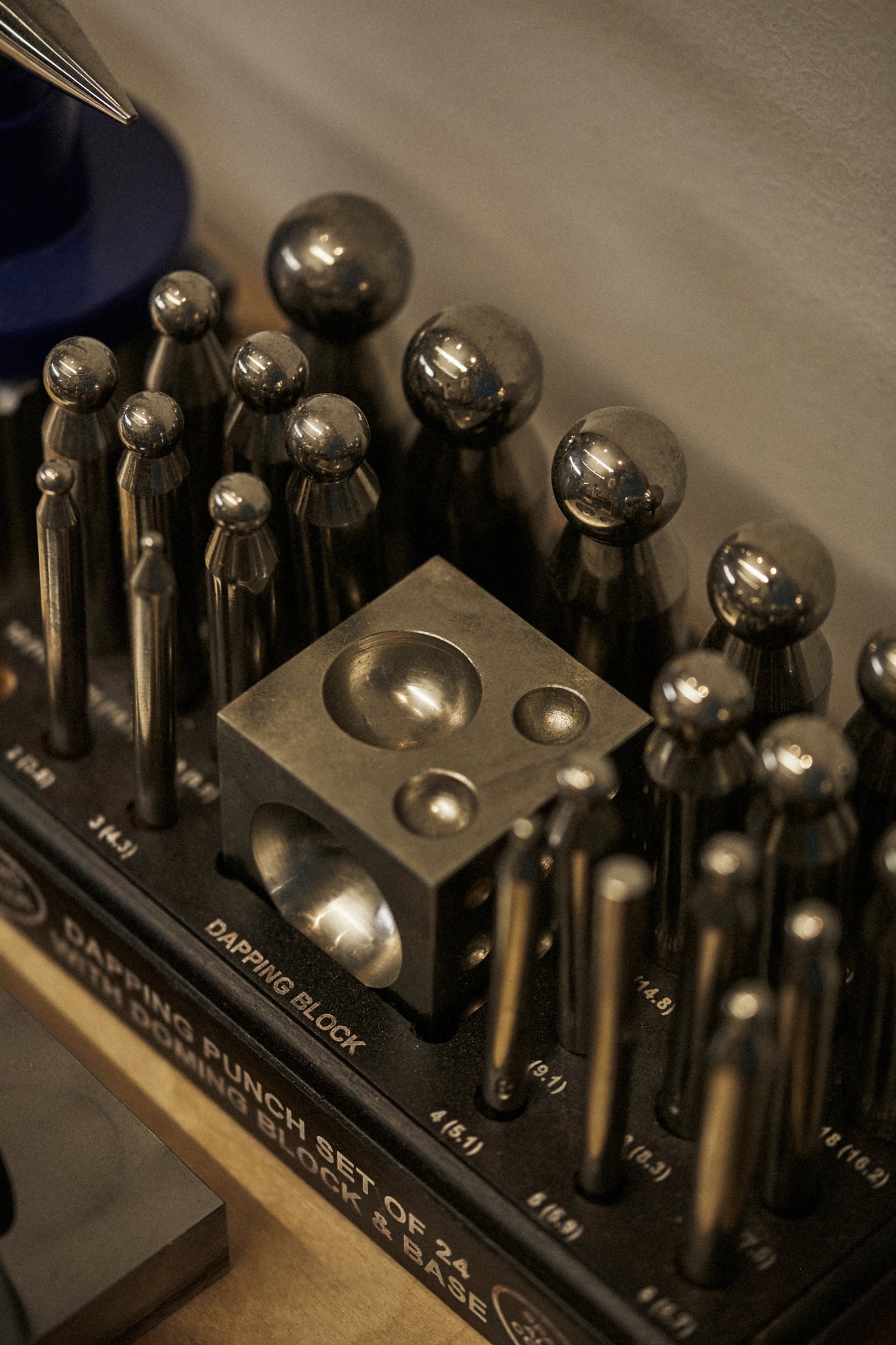
A dapping punch set used to form metal
It forces creativity…
I was often consulted by the Patek Philippe team. They have a lot of engineers, so a group of five or six of them would get together to find a solution, but at times they couldn’t necessarily get there on their own. So, they’d call me and ask if they could come over to see me. I would draft a report with several hypotheses, then one idea would bring another, and eventually, I would find a solution.
By returning to basics?
Exactly.
I suppose when you try to solve a problem within a group, you can often complicate it further…
I am not against the principle. Each establishment has its own way. Patek Philippe, Vacheron Constantin or Audemars Piguet all have their own spirit. So, in order to get to solutions that they will accept, you have to play their music.
Yet ultimately figure out the problem…
Well, I’ve always said there are engineering schools but no schools for the ingenious. Ingenious is hormonal. [Laughs]
[Laughs] I suppose…
The original designer of a watch isn’t blocked by principles. He creates something and often doesn’t think about how it is going to be made, which he is right to do, because it’s not his job. He won’t be the one making it. We casemakers are the ones who find solutions. I've had to create some cases with more than five levels, just to be able to fit in all the complications which they wanted in there.
Are there also some elements of great design that go beyond solving solutions?
Yes, it all goes back to the idea of harmony, of balancing the different aspects of a design. For example, one thing I’ve always noticed is that the first things buyers want to do when they’re presented with a watch is take it in their hands. It’s instinctive. And if he or she likes the feel of the watch in their hand, without even noticing it, it is already sold.
So, it’s important to design for the touch as well...
I’ve used crystals which are domed because it brings softness to the piece. If the crystal was flat, it would make the watch look rougher and the overall design would be disturbed. You would also feel it as you brushed your fingers over it. So, in the past, I’ve changed the radius of the crystal on a watch, ever so slightly, to make it look and feel softer.

The most basic components of a watch case
And how do you feel that collectors now seek out the watches with your "JHP" mark?
I’ve only realised in the last few years or so and it’s very humbling to have my work recognised in such a way. I would never have expected it, but I have some collector friends who’s aim is to own all the watches I’ve made. It helps my confidence, but it doesn’t give me any more money [Laughs].
[Laughs] Any particular ones they focus on?
There are some particularly emblematic models which seem to be a goal for many, such as the Patek Philippe 5029 or the 3974.
It must be quite special for many to find your mark on a case...
There's a certain romanticism related to artisans which focus on one specific area and try to do it to the best of their abilities, so a lot of my clients from the time were hugely proud of my mark. All the wristwatches and about fifteen unique pocket watches I made for Patek Philippe bear it.
And you retired not long ago?
Two and a half years ago. I kept myself busy with other things but I must admit, I did miss making cases.
So you recently decided to come back to work…
Indeed, I recently started working with Rexhep Rexhepi and his team.
How did that come about?
Well, Rexhep approached me, telling me he wanted to work with me, that he wanted my cases for his watches. I was struck by his enthusiasm and his desire to do things, which is what drew me in. In a way, I was looking for this, without even knowing so.
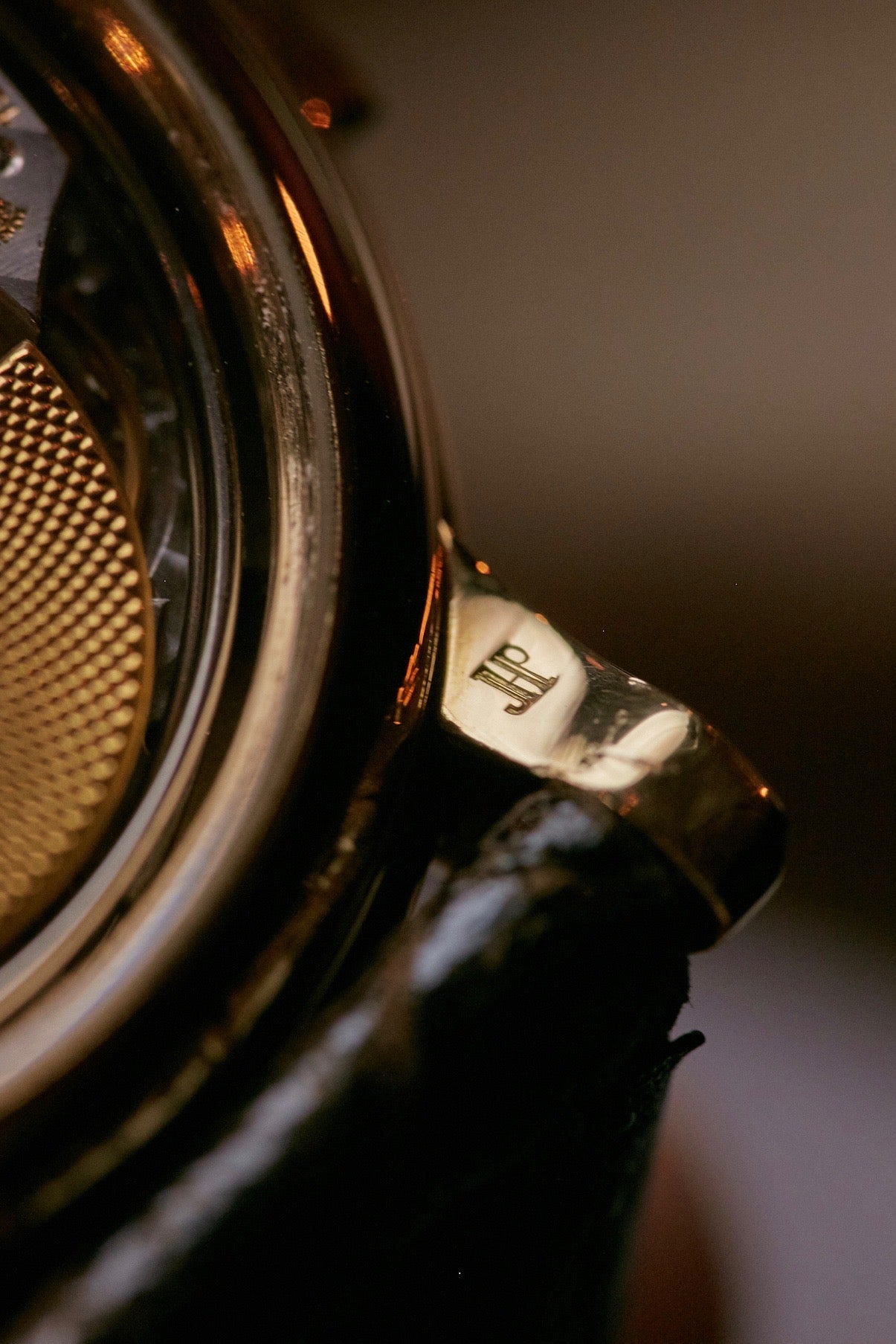
The 'JHP' initials on the lug of a Patek Philippe ref. 3974
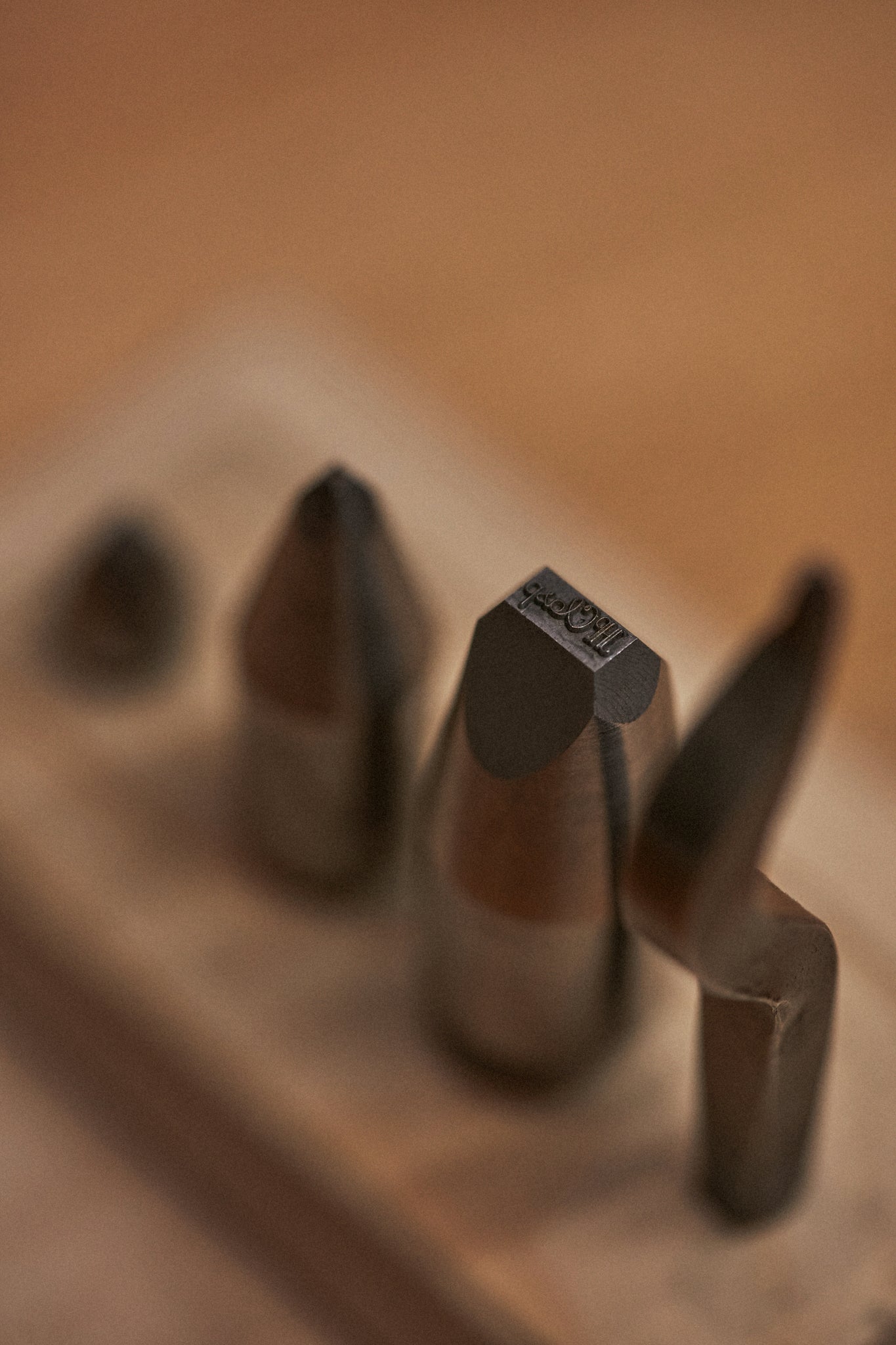
The tool used by Hagmann to leave his punch, with the letters having been rearranged for "harmony"
So, you dived right back in…
It was a matter of rebuilding. I’d sold all my equipment to Vacheron a while back, so had nothing left. But Rexhep said, “That’s not a problem, we can build a workshop”. So now, we’re slowly putting things together and we’re making progress. Sometimes, there are tools missing but instead of buying them, I make them.
The mark of a real artisan…
For me, an important part of this exercise, now that I’m nearing the end of my career, is the transmission of knowledge. There are certain practices and way of doing things which will be lost otherwise. Passing these on is important, but also difficult. One has to learn all the movements, the principles established in the past and then, on top of that, see if one can make any improvements.
And build a certain intuition, of course…
Indeed. One must understand the rules, then build a mindset around solving problems in a practical way. Modernising should not be the default option, there should always be a gain.

Hagmann inside his new workshop in Old Town Geneva
How do you feel the art of casemaking changed?
It’s easier now. With the advancement of CNC machines (a computer-controlled cutting machine) and other electro-mechanical devices, things have become simplified.
I see...
With a good CNC machine, there is no longer the need to be skilled. All you need is a good eye and taste. Incredible things can be done and that’s why for the past decade or so we’ve seen an explosion of all sorts of new complications. If everything was still done by hand, it would be very different.
Do you feel it’s a good or bad development?
It’s a good development because it cannot be avoided. That being said, there is a stark difference between something which is produced by hand and something which is produced using these machines. And there always will be.
A completely different way of working…
With modern methods, you’re able to design and manipulate shapes in five dimensions, directly from a computer. I work on two dimensions, which is much more difficult, but therein lies the skill.
Completely by hand?
With a pen and a piece of paper.
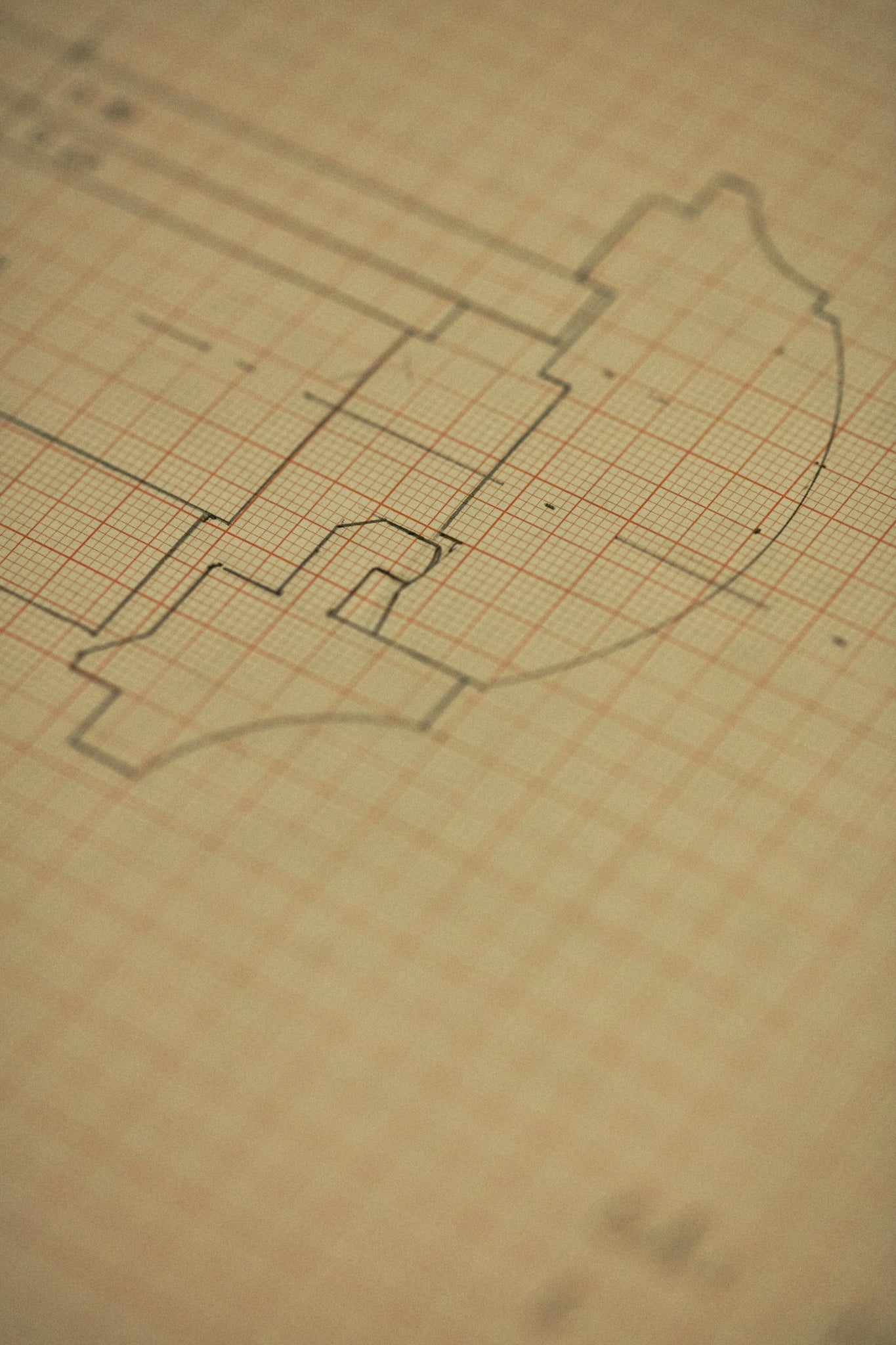
A case design elaborated "with a pen and a piece of paper"
Are there other areas you apply your problem-solving mindset to?
Well, since I’ve been a kid, I’ve played around with motorbikes quite a lot.
How come?
I always found pedalling much too difficult [Laughs].
[Laughs] Fair enough…
I would buy damaged motorbikes, for close to nothing, then completely disassemble them and rebuild them from the ground up. The oldest one I bought dates back to 1913 and required quite an extensive process of restoration.
How extensive?
It took me about a year or so to rebuild everything from the ground up, to completely bring it back to life. I had to make complete parts from scratch and even modify the engine as it was originally designed. It probably works better now than when it was first made [Laughs].
[Laughs] And you ride your motorbikes?
Yes, I drove all of them until recently. I even took part in a rally in Nepal, where I drove one of them through the Himalayas.
Wow…
It’s definitely been a fun ride [Laughs].
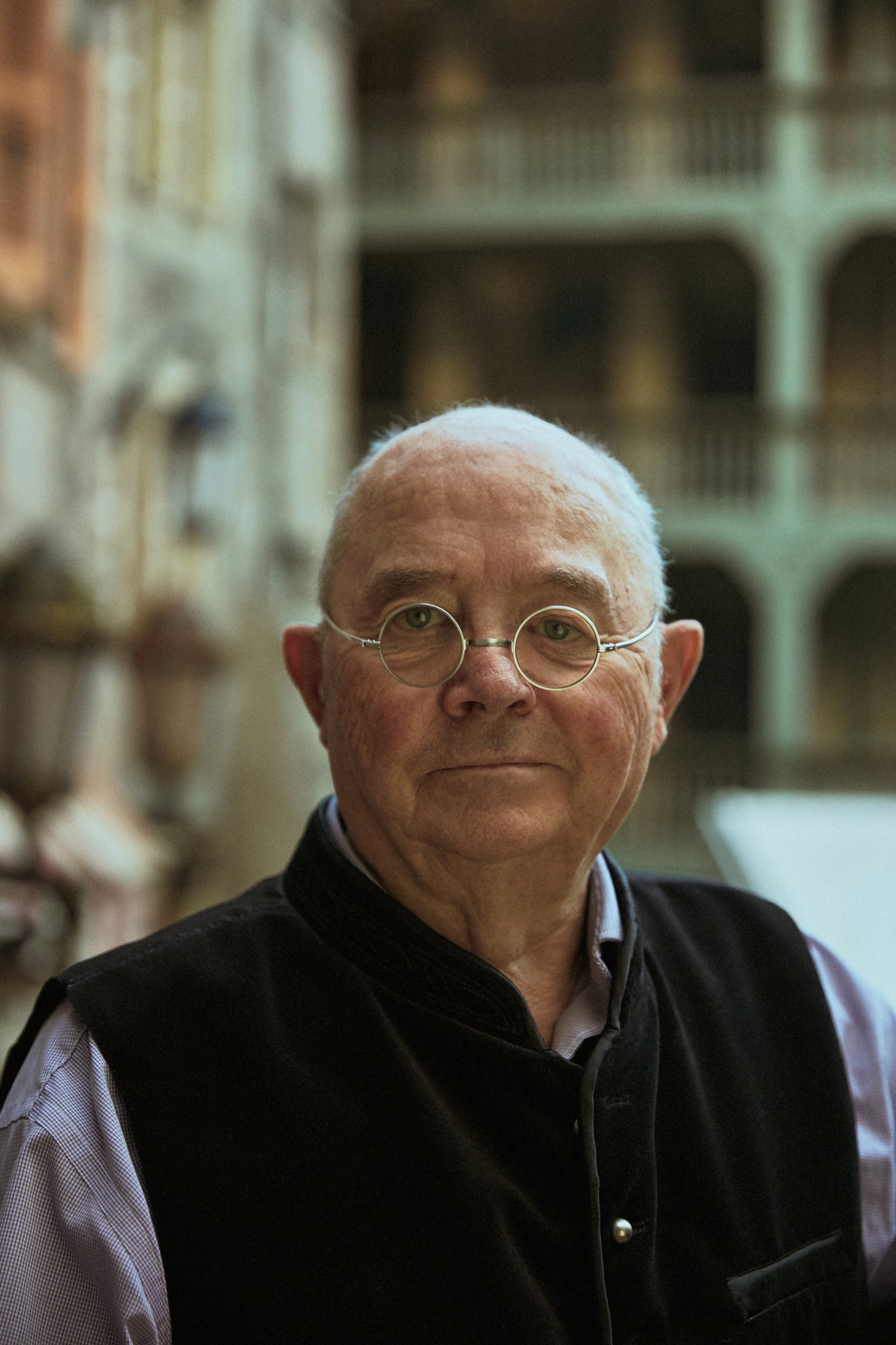
Thank you to Mr. Hagmann for speaking to us
OBSESSIONS: THE ART OF CASEMAKING
By A Collected Man
Often described as “celebrated” in auction catalogues, Jean-Pierre Hagmann is one of the most fabled casemakers of the 20th century. Over the span of his career, he has made watch cases for almost every significant watch brand in Switzerland, having earned particular renown for the minute repeater cases he made for Patek Philippe. It is said their sound quality is unparalleled. Today, the watch cases that bear his makers mark, "JHP", have become semi-mythical among collectors. We sat down with the man himself to discuss the art of casemaking, the constraints of working independently and how he happens to restore old motorbikes in his spare time.
It seems like there's only one place to start. So, do tell me, what makes a good watch case?
Well, there are many parts involved in building a good watch case. First of all, the cardinal function of a watch case is to offer protection. Then, there are also some obvious aesthetic considerations. You need to learn to balance these, within a very small amount of space.
As small as it comes…
People often limit themselves to aesthetic or practical considerations. But it’s about balancing out all these forces, which tend to reach in different directions. It’s all about harmony.
And how does one develop this sense of harmony?
Because when you make a mistake, someone tells you [Laughs].
[Laughs] Indeed…
And so, over a long period of time, you learn. You build your intuition. I was lucky enough to work for a long time with some high-end watchmakers and to learn the classical rules. It’s important to first learn the way things are done so that you can then start to question them. There are some classical rules of casemaking which are complex, but for no reason. I always look for the simplest way of doing a task, but without ever sacrificing quality and aesthetics.

Jean-Pierre Hagmann in his Geneva atelier
So, you innovate through simplification…
In a way, yes. I’ve found myself upgrading certain ideas or concepts, which others quickly copied. But funnily enough, they didn’t even know they were copying me anymore.
Because it became common practice?
Yes, for example, on classical minute repeater watches, the slide is mounted on the surface of the case side, attached on the inside with a screw. I saw that this was frequently unstable and created an off-centre alignment. So, I threw all of that out for a much simpler solution.
Which was?
I introduced a channel for the slide, both to secure its lateral position and guide its motion when in use. You see, it’s through simplification that innovation is found. I created some minute repeaters for Patek Philippe using this mechanism, with the technique now having become standard practice within the manufacture.
"I’ve found myself upgrading certain ideas or concepts, which others quickly copied. But funnily enough, they didn’t even know they were copying me anymore."
Did working on your own drive you to seek out these simpler solutions?
No doubt. I was independent my whole career and as a result, I couldn’t have fifty machines. It just wasn’t possible. I had a few machines, which were only the ones which were really useful to me, and because of this, I had to find my own practical solutions.
Your constraints focused you?
When you make a very small production, you need to think more aggressively about finding solutions. It’s a constant reflection about how to approach problems, circumvent them and find solutions.

A collection of tools at Hagmann's bench

A dapping punch set used to form metal
It forces creativity…
I was often consulted by the Patek Philippe team. They have a lot of engineers, so a group of five or six of them would get together to find a solution, but at times they couldn’t necessarily get there on their own. So, they’d call me and ask if they could come over to see me. I would draft a report with several hypotheses, then one idea would bring another, and eventually, I would find a solution.
By returning to basics?
Exactly.
"I had a few machines, which were only the ones which were really useful to me, and because of this, I had to find my own practical solutions."
I suppose when you try to solve a problem within a group, you can often complicate it further…
I am not against the principle. Each establishment has its own way. Patek Philippe, Vacheron Constantin or Audemars Piguet all have their own spirit. So, in order to get to solutions that they will accept, you have to play their music.
Yet ultimately figure out the problem…
Well, I’ve always said there are engineering schools but no schools for the ingenious. Ingenious is hormonal. [Laughs]
[Laughs] I suppose…
The original designer of a watch isn’t blocked by principles. He creates something and often doesn’t think about how it is going to be made, which he is right to do, because it’s not his job. He won’t be the one making it. We casemakers are the ones who find solutions. I've had to create some cases with more than five levels, just to be able to fit in all the complications which they wanted in there.
Are there also some elements of great design that go beyond solving solutions?
Yes, it all goes back to the idea of harmony, of balancing the different aspects of a design. For example, one thing I’ve always noticed is that the first things buyers want to do when they’re presented with a watch is take it in their hands. It’s instinctive. And if he or she likes the feel of the watch in their hand, without even noticing it, it is already sold.
So, it’s important to design for the touch as well...
I’ve used crystals which are domed because it brings softness to the piece. If the crystal was flat, it would make the watch look rougher and the overall design would be disturbed. You would also feel it as you brushed your fingers over it. So, in the past, I’ve changed the radius of the crystal on a watch, ever so slightly, to make it look and feel softer.

The most basic components of a watch case
And how do you feel that collectors now seek out the watches with your "JHP" mark?
I’ve only realised in the last few years or so and it’s very humbling to have my work recognised in such a way. I would never have expected it, but I have some collector friends who’s aim is to own all the watches I’ve made. It helps my confidence, but it doesn’t give me any more money [Laughs].
[Laughs] Any particular ones they focus on?
There are some particularly emblematic models which seem to be a goal for many, such as the Patek Philippe 5029 or the 3974.
It must be quite special for many to find your mark on a case...
There's a certain romanticism related to artisans which focus on one specific area and try to do it to the best of their abilities, so a lot of my clients from the time were hugely proud of my mark. All the wristwatches and about fifteen unique pocket watches I made for Patek Philippe bear it.
And you retired not long ago?
Two and a half years ago. I kept myself busy with other things but I must admit, I did miss making cases.
"One thing I’ve noticed is that the first things buyers want to do when they’re presented with a watch is take it in their hands. It’s instinctive."
So you recently decided to come back to work…
Indeed, I recently started working with Rexhep Rexhepi and his team.
How did that come about?
Well, Rexhep approached me, telling me he wanted to work with me, that he wanted my cases for his watches. I was struck by his enthusiasm and his desire to do things, which is what drew me in. In a way, I was looking for this, without even knowing so.

The 'JHP' initials on the lug of a Patek Philippe ref. 3974

The tool used by Hagmann to leave his punch, with the letters having been rearranged for "harmony"
So, you dived right back in…
It was a matter of rebuilding. I’d sold all my equipment to Vacheron a while back, so had nothing left. But Rexhep said, “That’s not a problem, we can build a workshop”. So now, we’re slowly putting things together and we’re making progress. Sometimes, there are tools missing but instead of buying them, I make them.
The mark of a real artisan…
For me, an important part of this exercise, now that I’m nearing the end of my career, is the transmission of knowledge. There are certain practices and way of doing things which will be lost otherwise. Passing these on is important, but also difficult. One has to learn all the movements, the principles established in the past and then, on top of that, see if one can make any improvements.
And build a certain intuition, of course…
Indeed. One must understand the rules, then build a mindset around solving problems in a practical way. Modernising should not be the default option, there should always be a gain.

Hagmann inside his new workshop in Old Town Geneva
How do you feel the art of casemaking changed?
It’s easier now. With the advancement of CNC machines (a computer-controlled cutting machine) and other electro-mechanical devices, things have become simplified.
I see...
With a good CNC machine, there is no longer the need to be skilled. All you need is a good eye and taste. Incredible things can be done and that’s why for the past decade or so we’ve seen an explosion of all sorts of new complications. If everything was still done by hand, it would be very different.
Do you feel it’s a good or bad development?
It’s a good development because it cannot be avoided. That being said, there is a stark difference between something which is produced by hand and something which is produced using these machines. And there always will be.
A completely different way of working…
With modern methods, you’re able to design and manipulate shapes in five dimensions, directly from a computer. I work on two dimensions, which is much more difficult, but therein lies the skill.
Completely by hand?
With a pen and a piece of paper.

A case design elaborated "with a pen and a piece of paper"
Are there other areas you apply your problem-solving mindset to?
Well, since I’ve been a kid, I’ve played around with motorbikes quite a lot.
How come?
I always found pedalling much too difficult [Laughs].
[Laughs] Fair enough…
I would buy damaged motorbikes, for close to nothing, then completely disassemble them and rebuild them from the ground up. The oldest one I bought dates back to 1913 and required quite an extensive process of restoration.
How extensive?
It took me about a year or so to rebuild everything from the ground up, to completely bring it back to life. I had to make complete parts from scratch and even modify the engine as it was originally designed. It probably works better now than when it was first made [Laughs].
[Laughs] And you ride your motorbikes?
Yes, I drove all of them until recently. I even took part in a rally in Nepal, where I drove one of them through the Himalayas.
Wow…
It’s definitely been a fun ride [Laughs].

Thank you to Mr. Hagmann for speaking to us
Noen eksempler på JHP-kasser

 www.bonhams.com
www.bonhams.com
 www.christies.com
www.christies.com

Bonhams : Patek Philippe. A fine and unique minute repeating watch movement in purpose made platinum case by the Patek Philippe casemaker Jean-Pierre Hagmann.Case stamped JHP and Made in 1990, Movement No.138422.
Case stamped JHP and Made in 1990, Movement No.138422. Geneva striped circular nickel lever movement signed Patek Philippe, bi-metallic compensation balance, polished hammers repeating on two gongs, hand made and finished silver guilloche dial with applied white gold batons and Roman 12 and 6...
PATEK PHILIPPE. AN EXTREMELY RARE AND HIGHLY IMPORTANT 18K GOLD PERPETUAL CALENDAR MINUTE REPEATING WRISTWATCH WITH TOURBILLON, RETROGRADE DATE, MOON PHASES, BREGUET NUMERALS, CERTIFICATES, SECOND CASE BACK AND BOX
SIGNED PATEK PHILIPPE, GENÈVE, REF. 5016, MOVEMENT NO. 1’905’040, CASE NO. 2’972’552, MANUFACTURED IN 1999
Del:


